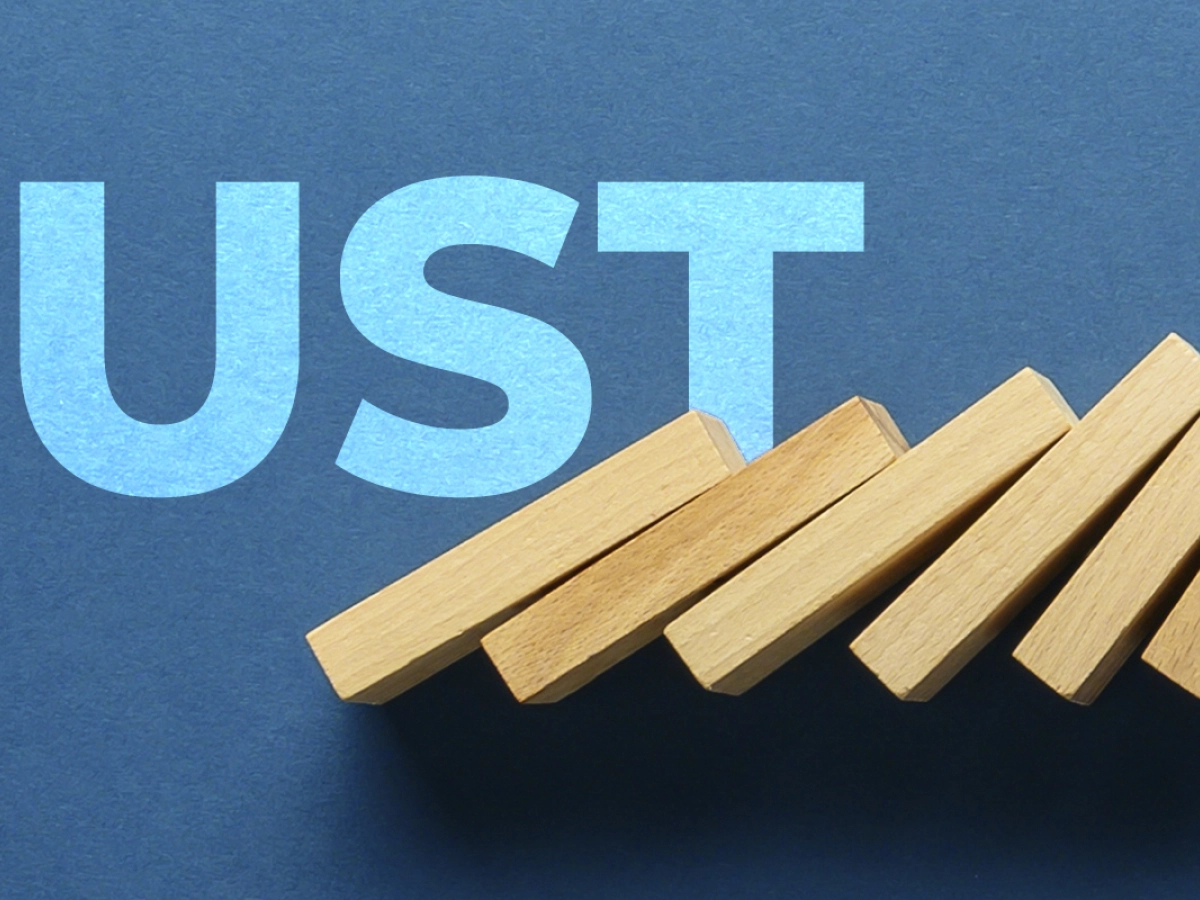
Terra’s algorithmic stablecoin, UST, suffered a free fall to lows of $0.61 on May 10 after losing its peg
Founder of Cardan Charles Hoskinson believes that markets are better defined under stress as Terra and its co-founder, Do Kwon, come under pressure after the collapse of UST. Terra’s algorithmic stablecoin UST suffered a free fall to a low of $0.61 on May 10 after losing its peg. Terra’s native asset, LUNA, was also down more than 50% as the incident fueled negative sentiment among Terra holders.
UST’s challenge came over the weekend as hundreds of millions of UST were sold on Anchor, Terra’s native lending platform, as well as Curve and Binance, resulting in accusations of a “coordinated attack” on the UST stablecoin.
On Monday, the Luna Foundation (LFG) said it was taking steps to “proactively advocate for the stability” of UST. This includes lending $750 million worth of Bitcoin to trading companies to “protect the UST peg” and loaning an additional 750 million UST to buy more Bitcoin “as market conditions normalize.” This, however, failed to calm the situation.
While all this was going on, crypto pundits criticized UST while questioning its decentralized status. Concerns about the viability of UST’s economic model have resurfaced as it battles to preserve its $1 peg.
Stablecoins are designed to maintain a link to the value of currencies like the US dollar, and traditional types of these tokens are backed by fiat assets. UST, on the other hand, is an algorithmic stablecoin without such asset backing, instead relying on trade and cash management to maintain its value.
Though Terra’s algorithmic stablecoin, UST, may be the first to debut, it is unlikely to be the last, as several blockchains are already testing this concept. TRON recently launched its algorithmic stablecoin, USDD.
Djed, a decentralized algorithmic stablecoin for Cardano, developed by IOG and published by COTI, recently went live on the public testnet. Cardano founder Charles Hoskinson notes this as a major step for algorithmic stablecoins.


















